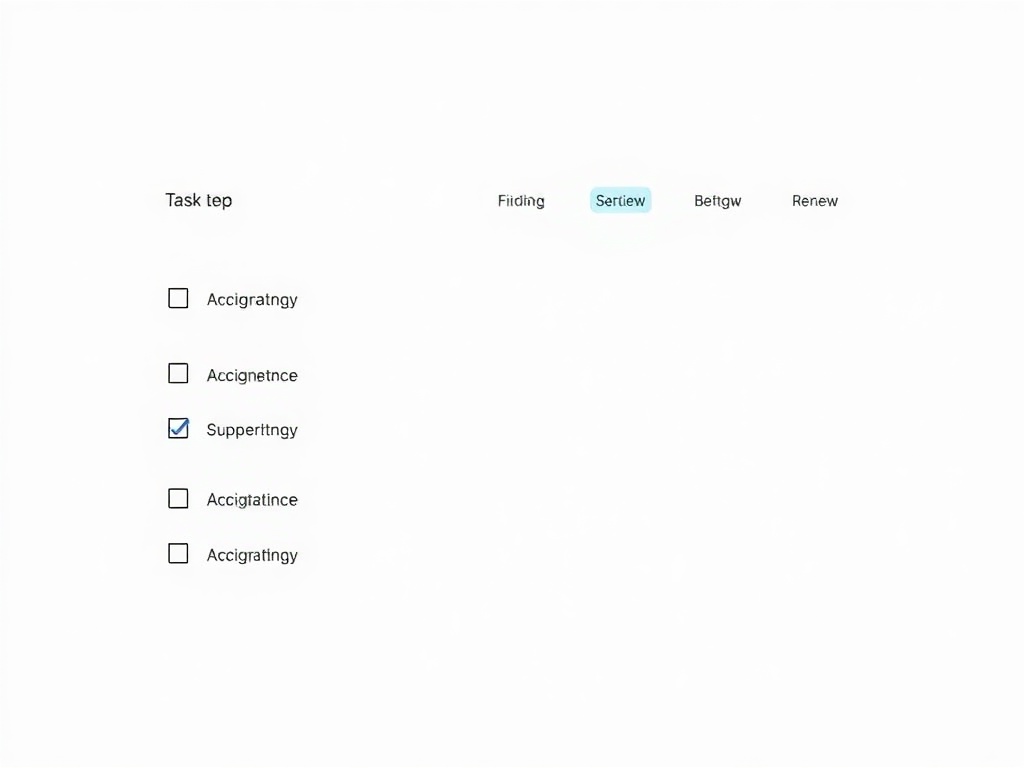Mastering Task Management: Capture, Prioritize, and Finish More
Mastering task management means moving beyond a long to-do list and toward a system that captures, prioritizes, and reliably completes meaningful work.
Whether you juggle projects, personal goals, or a mix of both, the right approach helps reduce stress, limit context switching, and keep momentum.
Core principles that make task management work
– Capture everything: Use a single inbox—digital or physical—to collect ideas, tasks, and commitments as they arise. Emptying this inbox regularly prevents mental clutter.
– Clarify and break down: Turn vague entries into specific, actionable tasks. “Prepare presentation” becomes “outline key points for presentation” or “create slide deck skeleton.”
– Prioritize ruthlessly: Focus on high-impact tasks first. Techniques like identifying Most Important Tasks (MITs), the Eisenhower matrix, or a simple top-three list help preserve energy for what matters.
– Time block and batch: Schedule focused blocks for deep work and group similar small tasks (emails, calls) together to reduce switching costs.
– Review regularly: Weekly and daily reviews keep the system current, surface overdue items, and align tasks with evolving goals.
Practical methods to try
– Two-minute rule: If a task takes two minutes or less, do it immediately. This clears quick items fast and prevents list bloat.
– MITs: Choose two or three tasks each day that will make the biggest difference. Complete them during your peak energy windows.
– Time blocking: Reserve uninterrupted chunks of time on your calendar for focused work. Block transitions and a short buffer to avoid overruns.
– Kanban-style boards: Visual boards with columns like Backlog, In Progress, and Done help track flow and limit work in progress.
– Task batching: Group similar activities (calls, admin, content creation) and assign a dedicated block to handle them.
Choosing tools and integrations
Pick a tool that matches your workflow and stick with it.
Lightweight to-do apps are great for quick capture, while project platforms suit complex, collaborative work. Look for:
– Easy capture (quick add, widgets)
– Cross-device sync
– Calendar integration and notifications
– Recurring tasks and templates

– Tags or projects for organization
Automation through integrations (calendar sync, email-to-task, or recurring workflows) saves time and reduces manual upkeep.
Avoid common pitfalls
– Overplanning: Endless lists create false productivity. Limit daily commitments to what you can reasonably handle.
– Context switching: Multitasking reduces efficiency. Cluster tasks by type and use focus blocks.
– Task bloat: Break big tasks into tractable steps and discard low-value items during weekly review.
– Waiting on memory: Capture commitments immediately; relying on memory leads to missed deadlines.
Daily routine that drives progress
– Morning: Quick review of MITs and calendar; start with a high-impact task during your peak focus period.
– Midday: Batch meetings and admin; protect a midday block for uninterrupted progress.
– Afternoon: Tackle smaller tasks and follow-ups; update task status.
– End of day: Review accomplishments, reschedule unfinished items, and set next day’s top priorities.
Continuous improvement
Track completion patterns, energy levels, and recurring bottlenecks. Adjust buffers, meeting loads, and task sizes as needed. Small tweaks compound—consistent, intentional habits often boost productivity more than radical overhauls.
Try one change at a time: adopt a capture habit, set daily MITs, or block two hours for deep work. Measure how it affects focus and output, then iterate until your task management system feels reliable and sustainable.





Leave a Reply